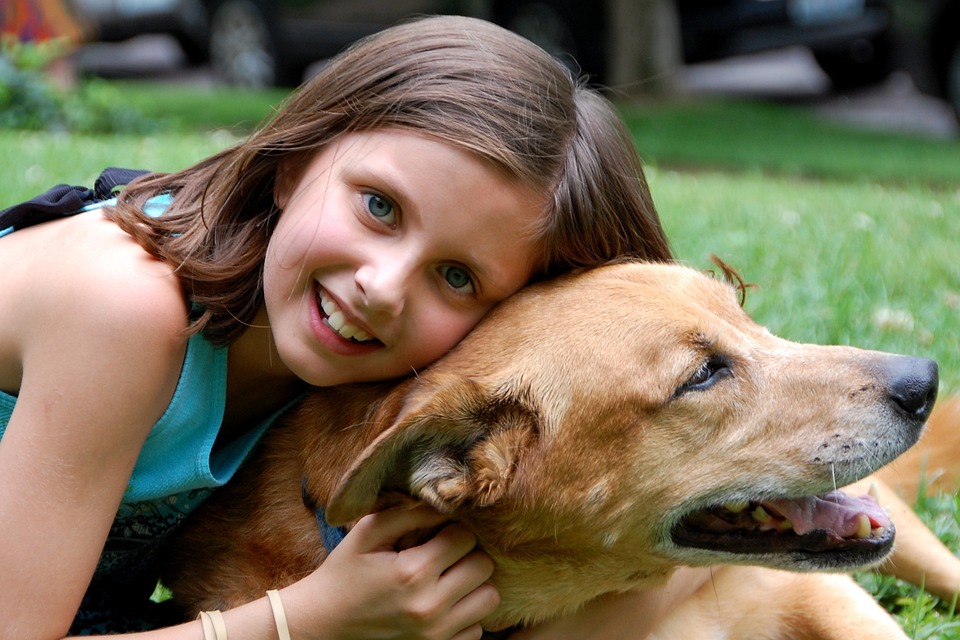Addressing Territorial Behavior When Visitors Come Over
Introduction
Territorial behavior in dogs can be a common and challenging issue for many pet owners. It is important to understand this behavior and address it effectively to ensure a safe and comfortable environment for both the dog and visitors. This article will explore the signs of territorial behavior, the root causes behind it, and provide effective strategies for managing and modifying this behavior.
Recognizing the Signs
There are several signs that indicate a dog may be displaying territorial behavior when visitors come over. These signs include growling, barking, or lunging at visitors, marking territory with urine or excessive sniffing, guarding specific areas or objects, and displaying raised hackles, stiff body posture, or showing teeth. Recognizing these signs is crucial in addressing territorial behavior and preventing potential conflicts.
Understanding the Root Causes
Territorial behavior in dogs can stem from various factors. Genetic predisposition and certain breed tendencies can make some dogs more prone to territorial behavior. Lack of socialization and exposure to different people or environments can also contribute to this behavior. Fear or insecurity can lead to defensive behavior, and past negative experiences or trauma can amplify territorial tendencies. Additionally, reinforcement of territorial behavior by owners unknowingly encourages the dog to continue displaying this behavior.
Effective Strategies for Addressing Territorial Behavior
1. Preparation and Management: Setting clear boundaries and rules for your dog is essential. Utilizing baby gates or crates to limit access to certain areas can help manage the dog’s territorial instincts. Creating a safe and comfortable space for the dog, such as a designated room or bed, can also provide a sense of security.
2. Positive Reinforcement and Desensitization: Rewarding calm and non-reactive behavior is crucial in addressing territorial behavior. Gradually introducing visitors in controlled environments, such as having them enter the house while the dog is on a leash, can help desensitize the dog to their presence. Using treats or toys to redirect the dog’s focus and create positive associations with visitors can also be beneficial.
3. Behavior Modification and Training: Seeking professional help from a certified dog trainer or behaviorist can greatly assist in addressing territorial behavior. Implementing obedience training can improve the dog’s overall obedience and impulse control. Teaching alternative behaviors, such as “go to your mat” or “quiet” commands, can redirect the dog’s attention and provide an alternative response to territorial instincts.
4. Consistency and Patience: Addressing territorial behavior takes time and consistency. It is important to stay consistent with training and management techniques to reinforce positive behavior. Celebrating small victories and progress can motivate both the dog and owner to continue working towards managing territorial behavior effectively.
Frequently Asked Questions (FAQs)
1. Can all dogs exhibit territorial behavior?
While not all dogs display territorial behavior, certain breeds are more prone to it due to their genetic predisposition.
2. Is territorial behavior always aggressive?
Territorial behavior doesn’t necessarily indicate aggression. It can be a dog’s way of protecting its perceived territory or guarding resources.
3. Can territorial behavior be completely eliminated?
Complete elimination of territorial behavior may be challenging, but it can be effectively managed and reduced through consistent training and behavior modification.
4. Should I punish my dog for displaying territorial behavior?
Punishment is not recommended as it can escalate the behavior or create fear-based responses. Positive reinforcement and redirection are more effective methods.
5. When should I seek professional help for addressing territorial behavior?
If the dog’s territorial behavior poses a risk to visitors or becomes unmanageable despite your efforts, consulting a certified dog trainer or behaviorist is advisable.
6. Can territorial behavior be a sign of an underlying medical issue?
In some cases, sudden or extreme territorial behavior can be linked to health problems. It’s always recommended to have your dog evaluated by a veterinarian to rule out any medical causes.
Conclusion
Territorial behavior in dogs can be challenging to address, but with the right strategies and professional guidance, it can be effectively managed. By understanding the signs, addressing the root causes, and implementing appropriate training and management techniques, pet owners can create a safe and welcoming environment for both their dog and visitors. Remember, addressing territorial behavior requires patience, consistency, and a commitment to providing a positive and secure environment for your beloved pet.









